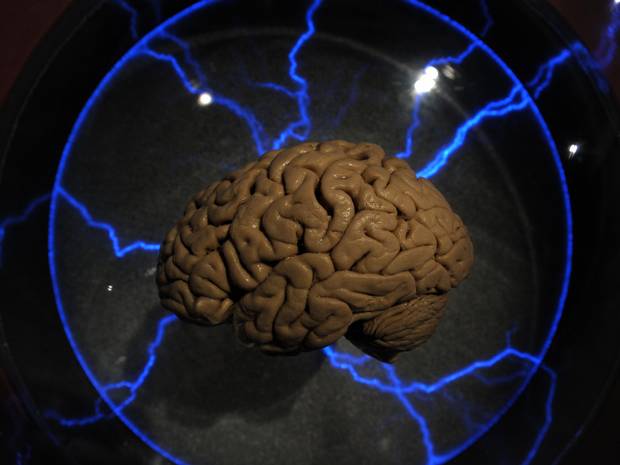Successfully created artificial brain like 99% real brain
Scientists at Ohio State University have succeeded in developing a near-complete human brain in the laboratory from stem cell tissue.
Successfully developed a human brain in the laboratory
Professor Rene Anand said that this artificial human brain is about the size of pencil eraser, which is like the brain of a 5-week-old fetus. However, it contains only 99% of the " real version " brain genes. To create this brain, scientists spend about 15 weeks and they will have to wait 16-20 weeks to complete 1% of the missing genes.

For the purpose of further research on human neurological diseases such as Alzheimer's or Parkinson's, scientists have spent a lot of effort to create an artificial human brain to replace mouse brains. before.
Previous brain mouse experiments have not yielded really effective results for the study of these diseases. An artificial brain will allow testing of new drugs more quickly and accurately before a clinical test for genetic causes causes symptoms of central nervous system disorders.
- Artificial brains are capable of counting and reasoning
- Successfully developed an artificial arm that can feel real
- For the first time in history, IBM successfully created artificial neurons
- Successfully developing artificial muscles like real ones, being able to reproduce themselves
- The study successfully created artificial cerebellum
- Artificial leather for human robot
- Artificial shrimp made from seaweed have nutritional value like real shrimp
- The ambition to create artificial brains works faster than the human brain
- Scientists have created artificial sunlight
- Successfully synthesized the world's first artificial DNA molecule
- Raising an artificial 6-month-old brain, for the first time, a baby-like brain wave is emitted
- Feeling of artificial touch
 Green tea cleans teeth better than mouthwash?
Green tea cleans teeth better than mouthwash? Death kiss: This is why you should not let anyone kiss your baby's lips
Death kiss: This is why you should not let anyone kiss your baby's lips What is salmonellosis?
What is salmonellosis? Caution should be exercised when using aloe vera through eating and drinking
Caution should be exercised when using aloe vera through eating and drinking